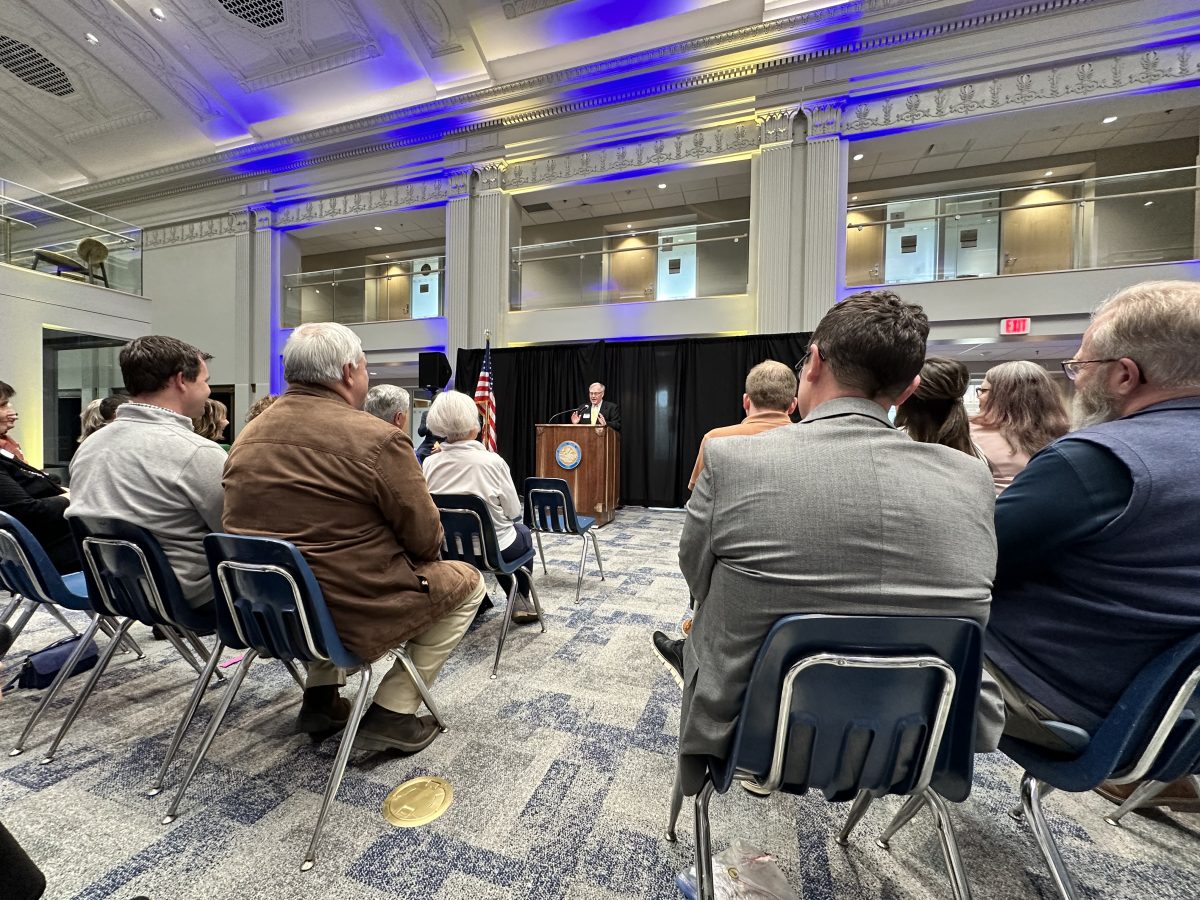Building for education and a better future
October 14, 2008
Jodi Wethor
The official groundbreaking of the Habitat for Humanity’s latest project was Oct. 11.
SDSU construction management students are working with Habitat for Humanity to build a home in Aurora.
Pat Pannell, the program coordinator of construction management at SDSU, said that this project “teaches students about Habitat for Humanity and gives them a chance to participate in the community.”
Twenty-six construction management students are involved in this project. They must complete 90 hours of work each in order to receive credit, and since there is no set schedule, students work at the job site whenever it is convenient for them, according to Chris Nelson, an electrical engineering student.
“People are coming and going because you have to come when you have a chance between classes,” Nelson said.
According to Pannell, this project is a great way for the students to get hands-on construction experience.
This is the second year that the SDSU construction management classes have collaborated with Habitat for Humanity to support their cause. SDSU and Habitat for Humanity decided to join forces once again because last year was “a total success,” according to Connie Swain, development director of Habitat for Humanity.
“Everything is going very well,” Swain said. “The students are doing an excellent job.”
There are four foremen on the work site, along with the students, that were chosen based on work experience. The project should be completed within two weeks.
“Habitat for Humanity is a nonprofit, Christian housing ministry that works to eliminate substandard housing in the Brookings County area. They build homes in partnership with people in need and then sell the houses to the homeowner partners. Homeowners are selected based on their need for housing, ability to repay no-profit mortgage, and willingness to partner with Habitat,” according to the Brookings Habitat for Humanity Web site. Some of the mortgage payments go back to Habitat, which helps provide the support needed to build other homes. Since the labor is mostly volunteer, the mortgage is affordable for “low-income” partners.
According to the Habitat for Humanity’s Web site, the organization was founded in 1976 by Millard and Linda Fuller at the Koinonia Farm in Americus, Ga. Since then, Habitat for Humanity has built over 250,000 homes for more than one million people in 3,000 communities.
#1.882368:2128942568.jpg:Habitat.BVW.RGB.jpg:Chris Nelson, an electrical engineering major, prepares siding for installation. As one of four foreman on the project, Nelson works with 23 other students to complete a Habitat for Humanity house in two weeks.:






















